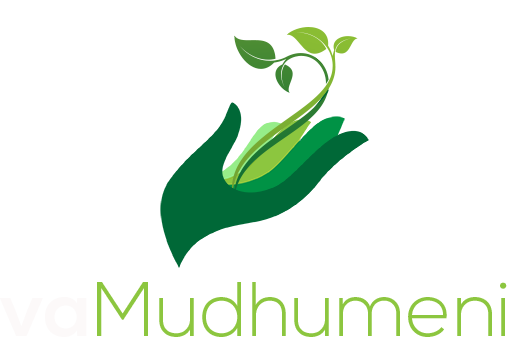By Albert Makendenge
There has been, in recent years, a drive towards sustainable agricultural practices that do not harm the environment. A healthy and productive environment is the key to the good performance of the agricultural industry. Therefore the natural resources have got to be kept in as perfect or close to perfect a condition as possible. Below are just a few examples of how you as a farmer can steward the land by using soil conservation practices.
One way to conserve the land is through the use of cover crops. Cover crops are plants grown to protect and enrich the soil and make sure the soil is healthy by putting nutrients back into it. This means that as a farmer can grow more food and feed more people.
Crop rotation is also another way of conserving the soil. It involves planting different crops in the same field but during different times of the year. This helps the soil because some plants take nutrients from the soil while others add nutrients. Changing or rotating crops keep the land fertile because not all of the same nutrients are being used with each crop.
As a farmer you can also make use of buffer zones. In order to create a buffer zone on your farm, plant strips of vegetation between fields and bodies of water such as streams and lakes. These plants help to keep the soil in place, keeping soil out of the water source. Buffer zones also act as a filter for the water that flows from the field to the waterway.
Another way that you as a farmer can conserve some of your land is through not tilling it at all. In tilled fields, soil is broken up to make it easier for crops to grow. Because the soil is loose it can blow away in the wind or be washed away by the rain, so some farmers choose not to till their land. This means that they do not break up the soil in their fields, thus keeping the soil in place when it rains and helping moisture stay in the soil.

